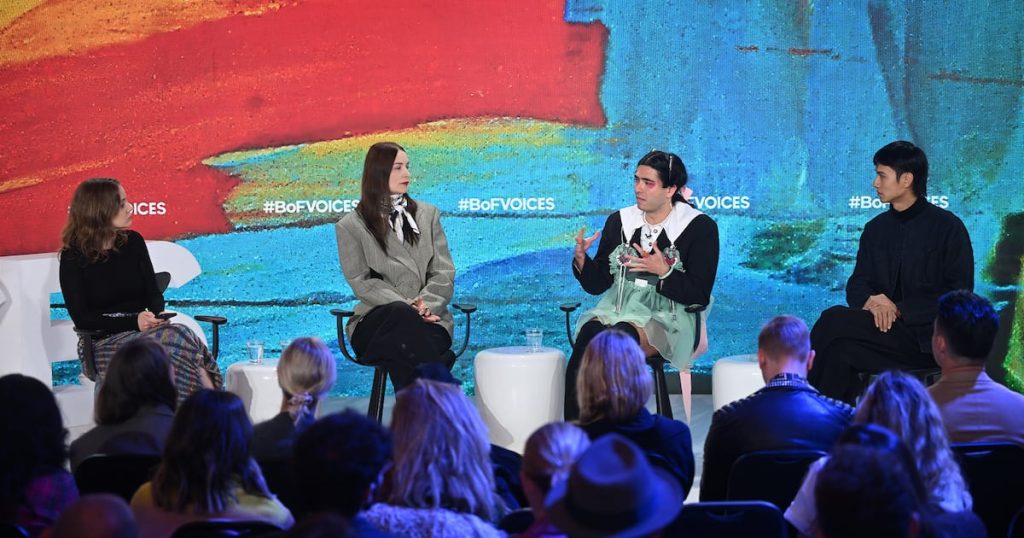
The author has shared a Podcast.You will need to accept and consent to the use of cookies and similar technologies by our third-party partners (including: YouTube, Instagram or Twitter), in order to view embedded content in this article and others you may visit in future.
Subscribe to the BoF Podcast here.
Background:
In a slowing luxury and fashion market, it’s not just the big brands and e-commerce companies that are being impacted. Independent fashion designers around the world — from China to the US to Europe — are facing a barrage of challenges too. As more multi-brand retailers shut down, this not only puts tremendous cash flow pressure on small fashion businesses, but they are also losing their main channels to reach customers. Alongside other factors like inflation, Brexit and growing geo-political turmoil, it becomes almost impossible to build a sustainable, independent fashion business.
But there is hope. According to London-based designer Roksanda Ilincic, “the beauty of an independent brand is that you can quickly adapt, quickly change. You can try to find a solution, maybe even quicker than a big giant.”
To examine this topic at BoF VOICES 2024, 1 Granary founder Olya Kuryshchuk hosted a panel on independent fashion, with Ilincic, publicist and consultant Bohan Qiu, and the designer and Antwerp Royal Academy director Brandon Wen.
The author has shared a YouTube video.You will need to accept and consent to the use of cookies and similar technologies by our third-party partners (including: YouTube, Instagram or Twitter), in order to view embedded content in this article and others you may visit in future.
Key Insights:
- The traditional reliance on multi-brand stores and fashion shows is shifting, with young designers exploring direct-to-consumer models and leveraging emerging technologies. Qui notes that new opportunities are coming from grassroots movements and emerging markets. “I feel like there is going to be this next movement where it’s coming from the streets, it’s coming from the underground, it’s coming from the youth culture that are so sick and tired of the current system. They want to overthrow and build something so strong that our current system can no longer neglect it.”
- For Wen, fashion education must evolve to prepare students for the realities of a saturated market. While fostering creativity, institutions should also teach practical skills like budgeting and business management to ensure graduates can navigate the industry successfully. “They need a lot more business advice and opportunities … they also should know how to use Excel, make a budget sheet, and … learn how the big machines work so that they’re not struggling with their own machine.”
- Independent brands must focus on the unique value they bring to the industry, such as craftsmanship, small-scale production, and authentic creativity. Ilincic highlights the importance of educating consumers about these distinctions, explaining, “the quantities that we produce are much smaller than the quantities of the big brands. So just understanding that you’re buying a very unique and specific product. That should be championed.”





